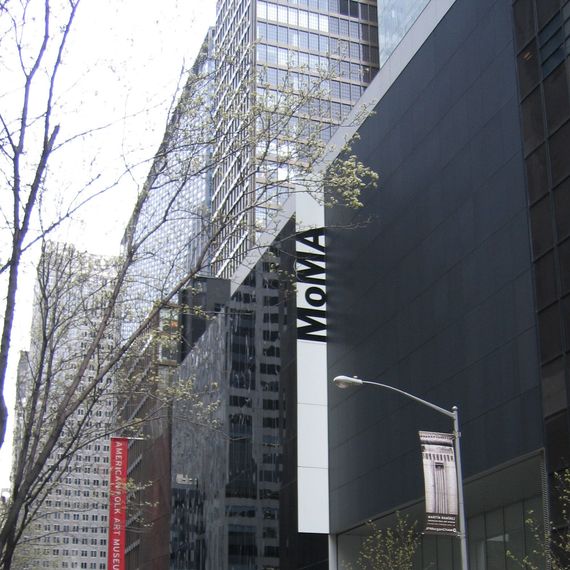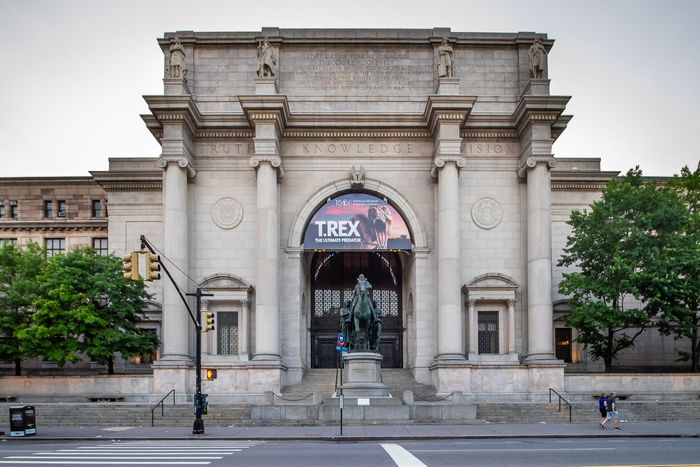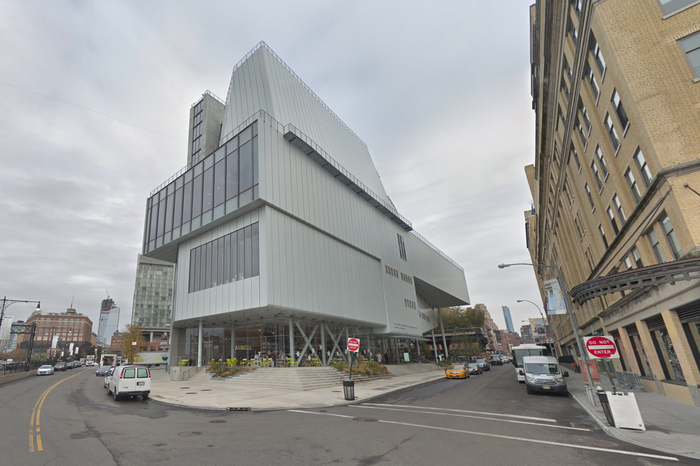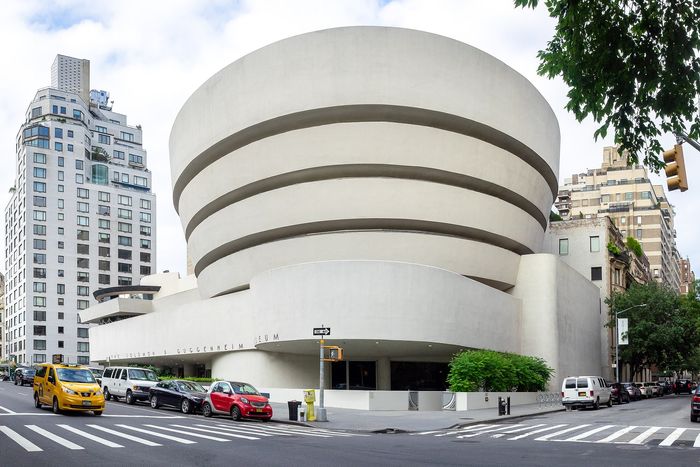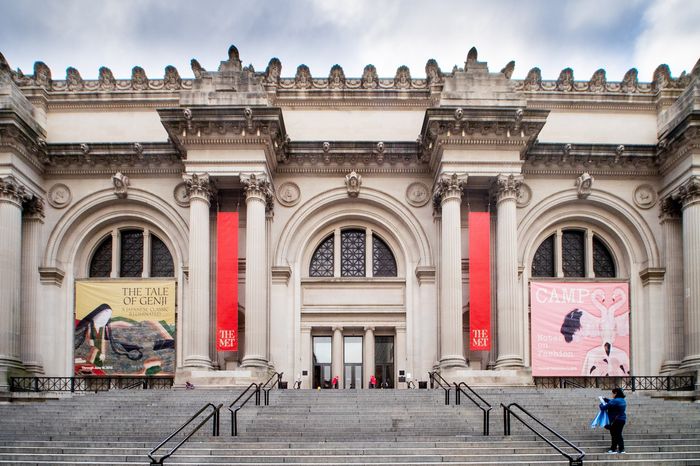
On July 25, Warren B. Kanders, a.k.a. the “tear-gas CEO,” quit the Whitney Museum board after months of protests culminating in several artists’ deciding to withdraw their work from the Biennial halfway through its run. It was just the latest callout to rock arts institutions, which — at least since the age of the Medici — have relied on the largesse of the very wealthy. (Today there are also tax advantages.) “Boards of museums in New York and the rest of the country have been washing machines for reputations,” says Michael Gross, author of Rogues’ Gallery, a social history of the Metropolitan Museum. “Traditionally, New York has not cared if you’re red or blue as long as your money is green.” But this laissez-faire attitude is under fire: Kanders’s resignation comes after Mortimer D.A. Sackler, the son of one of the founders of OxyContin maker Purdue Pharma, stepped down from his post as a Guggenheim trustee and Steve Mnuchin resigned from L.A. MoCA after he was appointed Treasury secretary. “Everyone is vulnerable in these times,” laments one former museum executive, who notes that this era feels more pointed and personalized than, say, the 1980s protests against the philanthropy of Philip Morris (which used to have a branch of the Whitney in its midtown HQ).
Which institution might wind up in the crosshairs next? We looked at the makeup of various museums and ranked whose ties make them likely targets of outrage. “There is no perfect way” to sort out whom to take money from, says the head of one institution that has started doing donor-background checks with “one of the world’s leading data-mining firms.” Activist groups like Decolonize This Place want structural changes, not merely what they call “a closed-door committee adjudicating the boundary between ‘good’ and ‘bad’ money.” Artist Andrea Fraser, the author of 2016 in Museums, Money, and Politics, which compiles trustees’ political donations, says, “Targeting particularly toxic individuals risks missing the forest by focusing on a few rotting trees,” advocating that museums clean up their boards by democratizing them, eliminating the pay-to-play contribution requirements. But without increased government support, how will the arts be paid for? As Gross puts it, “Even if you disagree with someone’s politics or you think they’re utterly deplorable, if they’re willing to give great gobs of money to expand your cultural institution, is it right to refuse that?” The activists think so. As Decolonize told us, “We savor the fact that these violent oligarchs are now sleeping with one eye open, and we would welcome further action against them (Kenneth Griffin, Nancy Carrington Crown, Pamella DeVos, we see you!).”
No. 1: Metropolitan Museum of Art
The city’s most prestigious board and — what with its David Koch fountains out front — the least likely to care what activists think.
The museum’s trustees emeriti include Koch and Henry Kissinger, both of whom have long been the target of political protests. Other potentially toxic trustees include Andrew Saul, the Trump-appointed commissioner of the Social Security Administration; J. Tomilson Hill and James Breyer of the Blackstone Group, the private-equity giant that has for years faced protests for its links to anti-rent-control efforts and contributing to the 2008 global housing crisis; and Dasha Zhukova, the Russian art doyenne and Garage magazine founder who experienced a public-relations blowup after being photographed for a magazine sitting in a chair that is sculpted in the image of a black woman in bondage gear.
No. 2: Museum of Modern Art
Home of the blue-chip contemporary-art collector.
As Jeffrey Epstein’s associates face renewed scrutiny, MoMA may take a hit. Epstein was listed as the director of museum chairman Leon D. Black’s family foundation until 2012 (the foundation claims Epstein resigned in 2007), and the two engaged in personal business dealings over the years. And the museum has faced art-world scrutiny in recent months: In March, activist group Art Space Sanctuary circulated a petition calling for MoMA and its trustee Larry Fink (CEO of the investment firm BlackRock, the second-largest shareholder in GEO Group and CoreCivic, which contract with ICE) to divest from private-prison companies.
No. 3: American Museum of Natural History
The Teddy Roosevelt statue at the entrance shows its roots.
The museum’s own curators have urged it to cut ties with Rebekah Mercer, climate-change denier and Cambridge Analytica backer. And if Nan Goldin’s crusade against opioid manufacturers expands, the museum might be in trouble: Roberto A. Mignone, vice-chairman and trustee, is on the board of directors at Teva Pharmaceutical Industries, which agreed to pay the state of Oklahoma $85 million to settle claims that it had fueled the opioid crisis. Would the museum engage with critics? A current exhibition looks at its Roosevelt statue “as part of a national conversation about problematic public monuments” but the museum hasn’t taken the statue down, as Decolonize This Place has demanded.
No. 4: Whitney Museum
Its identity as an artist’s museum might make it more vulnerable.
Without Kanders, the Whitney may still take heat. Private-prison investor Kenneth C. Griffin, whose pockets are lined in part by ICE detention centers, resigned (then un-resigned) in solidarity with Kanders. Other trustees’ business dealings may attract scrutiny: Thomas E. Tuft is a former chairman of the global capital markets advisory at Lazard, a firm that invests client money in several companies that produce military equipment, missiles, drones, and nuclear-reactor parts; and Nancy Carrington Crown’s family is a majority shareholder in General Dynamics, one of the country’s largest defense contractors. Then there’s fashion designer Pamella DeVos (of those DeVoses), who has dressed the First Lady and given to conservative causes.
No. 5: Guggenheim Museum
Its global expansion has led to criticism that it allies itself with people who might not share progressive values.
Nan Goldin has demonstrated at the museum, home of the Sackler Center for Arts Education. And though she isn’t a board member, the Young Collectors Council co-chair Tiffany Zabludowicz has an influential art-world family that could be a liability. Boycott Zabludowicz has highlighted the family’s historic connections to arms dealing and its funding of the Britain Israel Communications and Research Centre. Zabludowicz’s mother is a Tate trustee and sat on the board of the Camden Arts Center from 2002 to 2013.* The day after Kanders’s resignation, Hannah Black, who co-authored the Artforum article that helped spur his departure, tweeted a link to the group’s website.
*A version of this article appears in the August 5, 2019, issue of New York Magazine. Subscribe Now!
*This article has been corrected to show that Tiffany Zabludowicz’s mother is a former, not current, board member of the Camden Arts Center.


